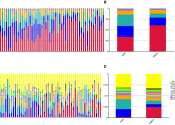Novel nanotechnology found to enhance fight against colorectal cancer and melanoma
University of Arizona Health Sciences researchers recently completed a study that has the potential to improve cancer treatment for colorectal cancer and melanoma by using nanotechnology to deliver chemotherapy in a way that ...









